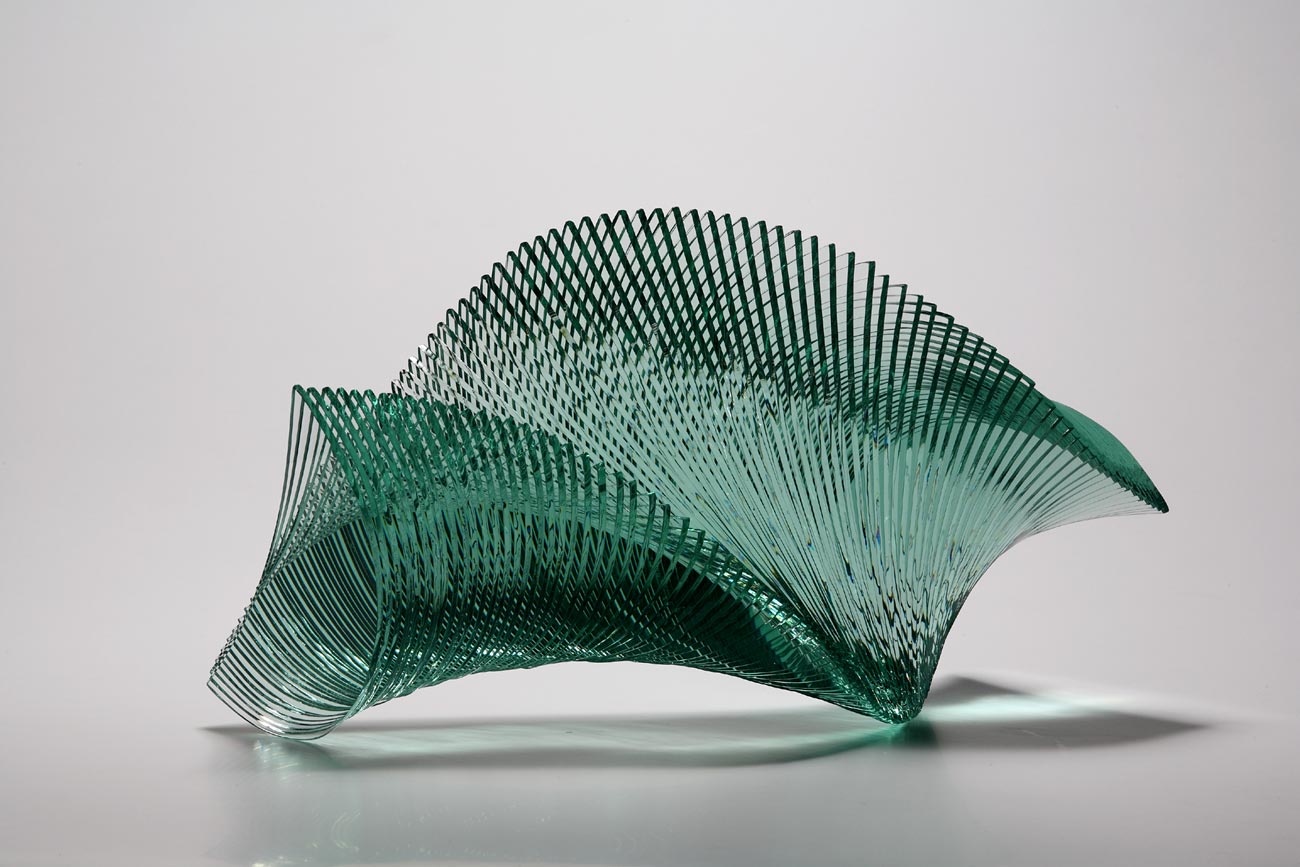

The Versatile Applications of Tempered Glass
Tempered glass, also known as toughened glass, has revolutionized the construction and design industries with its remarkable strength, safety features, and aesthetic appeal. This specialized glass undergoes a unique thermal treatment process that enhances its structural integrity, making it several times stronger than regular glass while also enabling it to shatter into small, blunt pieces rather than sharp shards when broken. The versatility of tempered glass allows it to be used in a wide range of applications, from buildings and vehicles to interior designs and everyday products.
One of the most prominent uses of tempered glass is in architectural design. Due to its high strength and thermal resistance, tempered glass is often employed in the construction of skyscrapers, shopping malls, and office buildings. Large glass facades can create a modern and sleek appearance while allowing for natural light to illuminate the interior spaces. Moreover, tempered glass can withstand extreme weather conditions, making it an ideal choice for exterior applications. Its ability to resist thermal stress means that it can handle large temperature fluctuations without the risk of breaking, enabling architects and builders to design more innovative and expansive structures.
The Versatile Applications of Tempered Glass
Tempered glass is also finding its way into the design of interior spaces. Designers increasingly favor this material for shower enclosures, partitions, and railing systems, as it provides a sense of openness while ensuring safety. Using tempered glass for shower doors not only adds a modern touch to bathrooms but also reduces the risk of injury associated with traditional glass panels. Its ease of cleaning and maintenance makes it a practical choice for homeowners looking to maintain a chic and functional space.

The use of tempered glass extends to various consumer products, including glass tabletops, cookware, and kitchen appliances. Tempered glass tabletops offer durability and a contemporary look while being resistant to scratches and heat, making them ideal for homes and restaurants alike. In kitchens, tempered glass cookware is favored for its ability to withstand high temperatures without breaking, allowing cooks to approach meal preparation with confidence.
Architectural and interior designers also appreciate the aesthetic versatility of tempered glass. It can be tinted, frosted, or coated in various ways to achieve unique visual effects that enhance overall design themes. This adaptability allows for innovative applications that blend functionality with artistry, catering to modern consumer preferences for personalized and stylish environments.
In the realm of sustainability, tempered glass stands out as an environmentally friendly choice. It is fully recyclable and can be repurposed into other glass products, contributing to reduced waste in landfills. As society increasingly prioritizes sustainable building practices, the demand for materials like tempered glass, which offer both durability and eco-friendliness, will continue to rise.
In conclusion, tempered glass is a remarkable material that has transformed a wide array of industries with its combination of strength, safety, and aesthetic appeal. Its applications in architecture, automotive design, interior spaces, and consumer products exemplify its versatility. As innovations in glass technology continue to progress, tempered glass is poised to play an even more significant role in shaping our built environment and everyday experiences. Embracing tempered glass not only enhances design and functionality but also emphasizes a commitment to safety and sustainability, making it a preferred choice for architects, designers, and consumers alike. Whether in a bustling cityscape, a modern vehicle, or a stylish home, the presence of tempered glass reflects the intersection of beauty and resilience in contemporary design.